Kwanzaa: Everything to Know About the African-Inspired Holiday
The weeklong celebration begins annually on December 26 and continues through New Year's Day
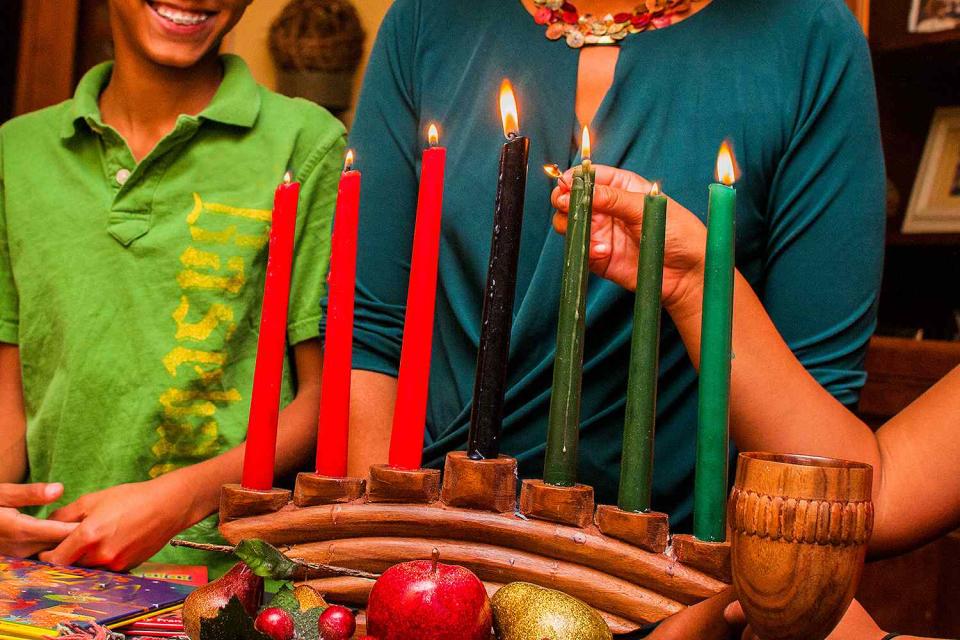
While much of the focus in December is on Santa, menorahs, Christmas movies and winter weather, there is another important end-of-year American holiday: Kwanzaa.
The holiday — which began in 1966 — is a weeklong celebration of African American culture, values and family. For more on its origins and the beauty of its meaning, keep reading.
What Is Kwanzaa?
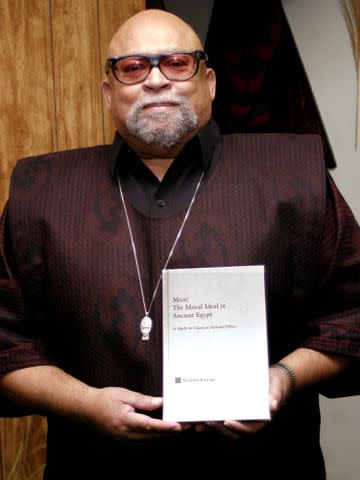
Kwanzaa is an African American and Pan-African holiday that celebrates history, values, family, community and culture. According to the National Museum of African American History and Culture (NMAAHC), the holiday was created in 1966 by activist and author Maulana Ron Karenga, Ph.D (pictured above).
The word Kwanzaa is a Swahili word derived from the phrase "matunda ya kwanza," meaning "first fruits." The holiday is based on African harvest festivals that involve a lot of dancing and music.
When Is Kwanzaa 2023?
Kwanzaa 2023 begins on Tuesday, Dec. 26, and runs until Monday, Jan. 1, 2024.
How Did Kwanzaa Start?
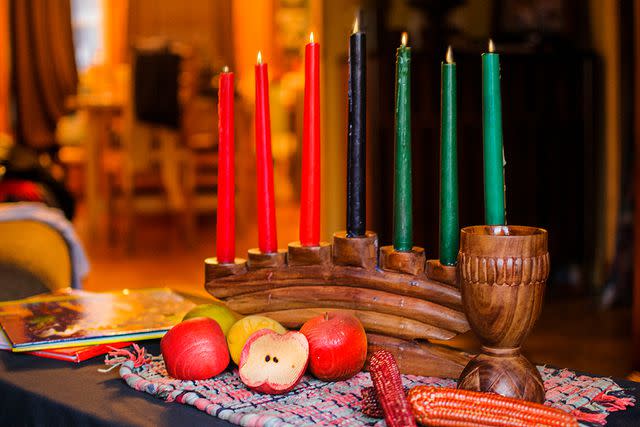
Getty Images
On Aug. 11, 1965, a string of riots that saw the death of 34 people — in addition to over 1,000 injuries and nearly 4,000 arrests — broke out in the Watts neighborhood of Los Angeles. Per The New York Times, the Watts Rebellion, as the riots were later called, stemmed from the arrest of 21-year-old Marquette Frye, who, along with his brother Ronald Frye, was pulled over on suspicion of drunk driving.
The situation escalated and triggered an uprising between the predominantly Black community in Watts and the police. The riots lasted six days and resulted in $40 million in property damages.
In the aftermath of the riots, Dr. Karenga wanted to find a unifying force for the Black community, and that's when Kwanzaa was born.
How Do People Celebrate Kwanzaa?
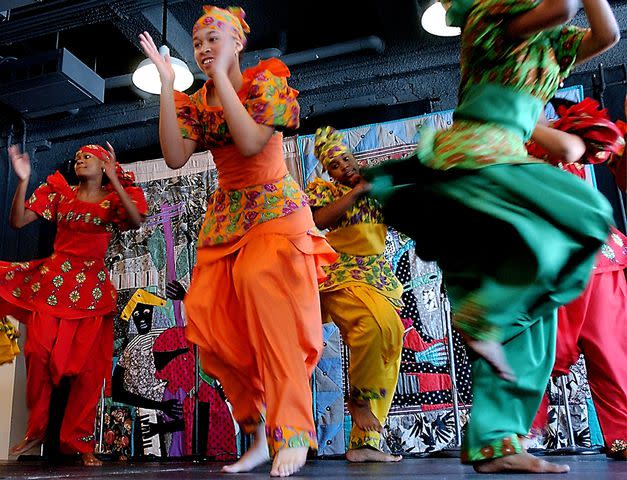
Stephen Chernin/Getty Images
According to the NMAAHC, Kwanzaa is centered around seven principles: umoja (unity), kujichagulia (self-determination), ujima (collective work and responsibility), ujamaa (cooperative economics), nia (purpose), kuumba (creativity) and imani (faith).
The holiday is also symbolized by seven candles: one black, representing people of African descent; three red, symbolizing their struggle; and three green, signifying land and hope for the future. Kwanzaa candles are mounted on a candleholder called a kinara.
During each day of Kwanzaa, one of the candles is lit to commemorate each of the seven principles.
What Are Some Kwanzaa Traditions?
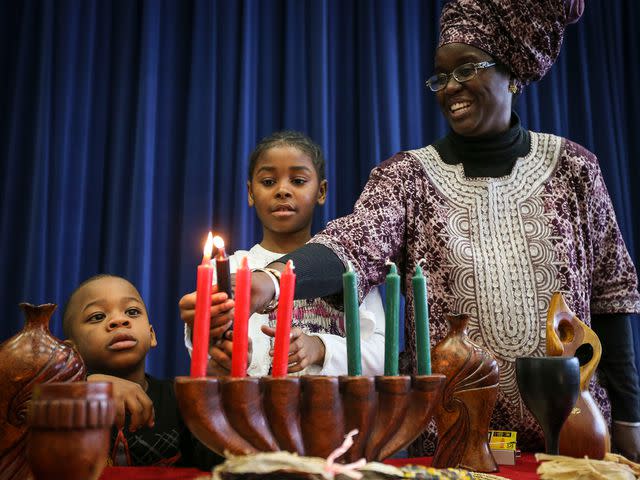
David Cooper/Toronto Star via Getty
The Markham African Caribbean Canadian Association's Kwanzaa celebration at the Milliken Mills High School on December 14, 2013.Kwanzaa embodies several traditions. According to the official Kwanzaa website, people say, "Habari gani?" meaning "What's the news?" in Swahili, to greet each other during the seven days of celebration. The response is one of the Kwanzaa principles. So, if someone says, "Habari gani?" you'd reply, "Umoja," on the first day, "Kujichagulia," on the second, "Ujima on the third," etc.
Another tradition is a Kwanzaa feast on the sixth night. Titled karamu, the feast is an opportunity for everyone to dine and commune together. There are no specific foods required of celebrants to make, so one can fill their table with all the hearty carbs and delicious sweets their heart desires.
Gift-giving during Kwanzaa is mostly reserved for children, though adults are welcome to swap presents among themselves, too. However, since the holiday was created to reinforce self-determination, creativity and purpose within the community, it is strongly encouraged that all gifts be handmade. For those who are not crafty, a culturally themed present — like a book, piece of art or accessory — is the way to go.
For more People news, make sure to sign up for our newsletter!
Read the original article on People.

